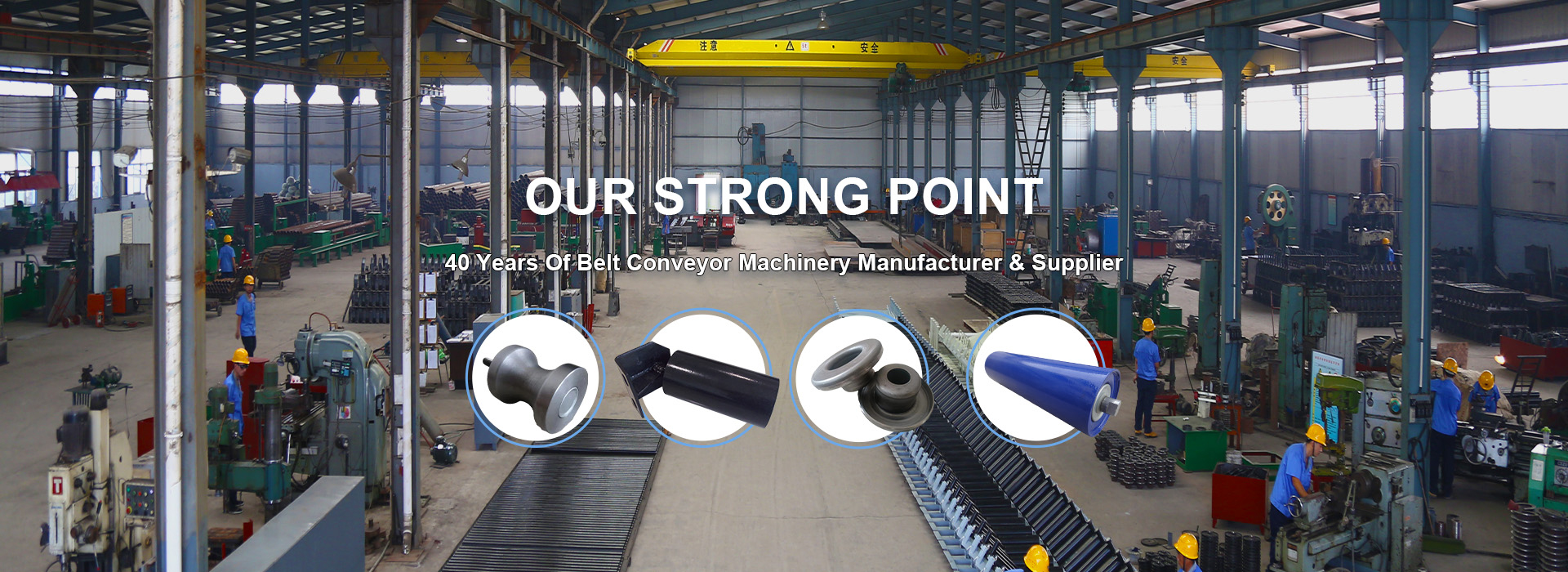 Afrikaans
Afrikaans  Albanian
Albanian  Amharic
Amharic  Arabic
Arabic  Armenian
Armenian  Azerbaijani
Azerbaijani  Basque
Basque  Belarusian
Belarusian  Bengali
Bengali  Bosnian
Bosnian  Bulgarian
Bulgarian  Catalan
Catalan  Cebuano
Cebuano  Corsican
Corsican  Croatian
Croatian  Czech
Czech  Danish
Danish  Dutch
Dutch  English
English  Esperanto
Esperanto  Estonian
Estonian  Finnish
Finnish  French
French  Frisian
Frisian  Galician
Galician  Georgian
Georgian  German
German  Greek
Greek  Gujarati
Gujarati  Haitian Creole
Haitian Creole  hausa
hausa  hawaiian
hawaiian  Hebrew
Hebrew  Hindi
Hindi  Miao
Miao  Hungarian
Hungarian  Icelandic
Icelandic  igbo
igbo  Indonesian
Indonesian  irish
irish  Italian
Italian  Japanese
Japanese  Javanese
Javanese  Kannada
Kannada  kazakh
kazakh  Khmer
Khmer  Rwandese
Rwandese  Korean
Korean  Kurdish
Kurdish  Kyrgyz
Kyrgyz  Lao
Lao  Latin
Latin  Latvian
Latvian  Lithuanian
Lithuanian  Luxembourgish
Luxembourgish  Macedonian
Macedonian  Malgashi
Malgashi  Malay
Malay  Malayalam
Malayalam  Maltese
Maltese  Maori
Maori  Marathi
Marathi  Mongolian
Mongolian  Myanmar
Myanmar  Nepali
Nepali  Norwegian
Norwegian  Norwegian
Norwegian  Occitan
Occitan  Pashto
Pashto  Persian
Persian  Polish
Polish  Portuguese
Portuguese  Punjabi
Punjabi  Romanian
Romanian  Russian
Russian  Samoan
Samoan  Scottish Gaelic
Scottish Gaelic  Serbian
Serbian  Sesotho
Sesotho  Shona
Shona  Sindhi
Sindhi  Sinhala
Sinhala  Slovak
Slovak  Slovenian
Slovenian  Somali
Somali  Spanish
Spanish  Sundanese
Sundanese  Swahili
Swahili  Swedish
Swedish  Tagalog
Tagalog  Tajik
Tajik  Tamil
Tamil  Tatar
Tatar  Telugu
Telugu  Thai
Thai  Turkish
Turkish  Turkmen
Turkmen  Ukrainian
Ukrainian  Urdu
Urdu  Uighur
Uighur  Uzbek
Uzbek  Vietnamese
Vietnamese  Welsh
Welsh  Bantu
Bantu  Yiddish
Yiddish  Yoruba
Yoruba  Zulu
Zulu take-up pulley
Understanding the Take-Up Pulley A Critical Component in Conveyor Systems
In various industrial applications, efficiency and proper functionality are paramount. One of the critical components that ensure the smooth operation of conveyor systems is the take-up pulley. This article delves into the significance, functionality, and maintenance of take-up pulleys, shedding light on their role in enhancing productivity in both manufacturing and material handling processes.
What is a Take-Up Pulley?
A take-up pulley is an essential part of a conveyor system, primarily used to maintain tension in the conveyor belt. It helps adjust the belt's tautness to prevent slippage, wear, and tear, thereby prolonging the lifespan of the belt and keeping the system operating efficiently. The take-up pulley is typically found at the end of the conveyor system or sometimes built into the design, depending on the application requirements.
The Function of Take-Up Pulleys
The primary function of a take-up pulley is to ensure that the conveyor belt remains tight under various operating conditions. As materials are transported, the belt may stretch over time due to load variations and repetitive movements. Without proper tension, the belt may sag or slip, resulting in inefficient operation, increased energy consumption, and potential damage to other components within the system.
Take-up pulleys can be either fixed or adjustable. Adjustable take-up systems allow operators to regulate the tension manually or automatically, depending on the belt's condition. This flexibility is crucial for operations where varying loads are handled, as it minimizes the risk of belt failure and ensures a smooth flow of materials.
Types of Take-Up Pulleys
take-up pulley

1. Slack Take-Up Used in applications where there is a need for significant adjustments, slack take-up systems allow for easy modifications to the belt tension. This is particularly useful in longer conveyor installations.
2. Gravity Take-Up Gravity take-ups use weight to maintain tension on the belt. This system relies on the force of gravity, making it a straightforward and effective method for tension control.
3. Screw Take-Up A screw take-up system employs a mechanical screw for adjusting the tension. It provides precise control and is often used in smaller or lighter conveyors.
4. Automatic Take-Up These systems utilize hydraulic or pneumatic mechanisms to adjust tension dynamically, ensuring that the belt remains tight without manual intervention.
Maintenance of Take-Up Pulleys
Regular maintenance of take-up pulleys is essential for ensuring longevity and reliability. Operators should routinely inspect the pulleys for wear and tear, check alignment, and make necessary adjustments to tension. Additionally, lubricating bearings and keeping the surrounding area clean can help prevent contamination and reduce operational hazards.
Conclusion
In conclusion, the take-up pulley plays a vital role in the efficiency and longevity of conveyor systems across various industries. Understanding its functions and maintenance requirements is crucial for operators aiming to optimize performance and minimize downtime. By ensuring that take-up pulleys are properly installed, adjusted, and maintained, businesses can enhance their operational efficiency, reduce costs, and ultimately improve productivity. Investing in the right type of take-up pulley and caring for it effectively will yield significant returns, making it an indispensable component in the realm of material handling and conveyor technology.
-
Revolutionizing Conveyor Reliability with Advanced Rubber Lagging PulleysNewsJul.22,2025
-
Powering Precision and Durability with Expert Manufacturers of Conveyor ComponentsNewsJul.22,2025
-
Optimizing Conveyor Systems with Advanced Conveyor AccessoriesNewsJul.22,2025
-
Maximize Conveyor Efficiency with Quality Conveyor Idler PulleysNewsJul.22,2025
-
Future-Proof Your Conveyor System with High-Performance Polyurethane RollerNewsJul.22,2025
-
Driving Efficiency Forward with Quality Idlers and RollersNewsJul.22,2025





























